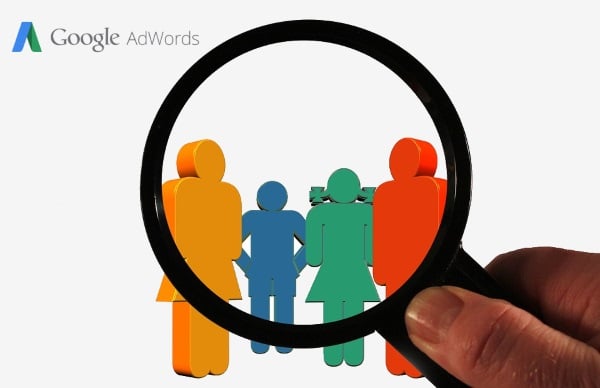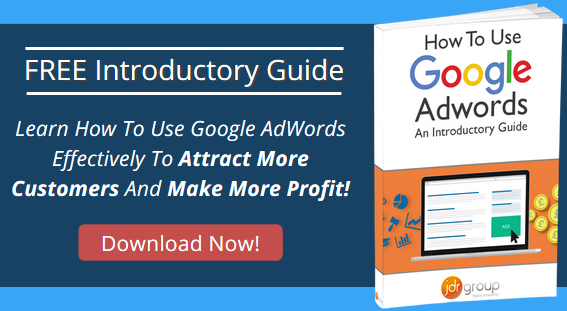Not Targeting The Right Type Of Customers Online? How Google AdWords Targeting Can Help

Google AdWords is a multi-faceted tool that can help to define your business’ core customers and clientele. As many company directors and marketing managers will know, creating an ad campaign is much more effective when you have an idea of your target audience in mind.
However, Google AdWords does not just help you to target your key audience; it can help you to define your key audience and the emotions and motivators that drive them.
How can I find out which are my target customers?
Google AdWords provides many options for testing adverts for their effectiveness. The simplest way to build a profile of your ideal customer is to start with the information you already have. What features link the customers you have had to date? Are they from a certain area, industry sector, or professional background? What services or products do they purchase most often? You should be able to narrow down the target audience for your adverts fairly quickly once you have considered the data you already have to hand. This is where Google AdWords comes in. You can create your audience range and begin to create targeted advertising to appeal to this particular group.
As you develop your advertising strategy, you will be able to track which particular segments of this audience respond best to your adverts, and you can continue to narrow down your audience parameters until your campaign is the most effective it can be.
However, just determining your market profile is not enough. You need to also create advertising that will appeal to them, not just from a business perspective, but from an emotional perspective. What do they really want and need, and how will you offer it to them through your ad?
How do I target customers’ emotions?
Marketing research has shown that there are key driving emotions that lead people to click on ads, leading to a high click through rate, better Quality Scores and higher sales. Negative emotions such as fear, anger and disgust, as well as positive feelings such as affirmation, can drive Google AdWords results to greater heights, simply because the emotions spark engagement.
Emotional ad engagement strategies can be seen across the advertising industry. Television advertising, content marketing, radio adverts, film trailers - all of the advertising we see on a daily basis is targeted at creating some sort of emotional sentiment. Just because a Google Ad is limited to a headline, two lines of text and a URL does not mean that it cannot be emotionally strong.
The key part is to figure out what kind of persona would appeal to your target audience, which you have already determined through narrowing age, location and more for your Google AdWords campaign. Think about how you want your business to appeal to your customer base. Do you want to offer them something they might need in response to a situation they fear or make them feel good about themselves by offering them a reward for behaviour or traits they exhibit? Figure out what feelings your business creates in people, such as comfort, or security, or protection, and create advertising copy that reflects the persona your business should portray.
Remember to include calls to action, as these perform significantly better than ads that only impart information without any impetus to take further action. Learn more about call to actions with this great article - Four Tips for Developing Effective Call to Action Buttons.
How do I test which ads appeal to the emotions of my customer base?
The best way to determine what will appeal to your target audience is to test your adverts out in a strategic fashion. Using Google AdWords’ split-testing function, you can run different ads simultaneously and compare the results to figure out what is working for your customer base and what is not.
You can try running a standard ad, which is merely informative about your business, alongside an advert that appeals to the emotions that you think drive your customer base. For example, a baby car seat manufacturer might run one ad on the efficacy and durability of their product, and run another ad alongside it that highlighted the dangers of an ineffective child seat. Both offer the same product, but one appeals to the more emotional side of your customer base (in this case, the fearful side), and one appeals to the logical side.
Compelling and emotional advertising has been shown to improve click through rates, and Google AdWords provides an excellent tool for testing out your emotional advertising efforts. By narrowing your field of focus and targeting customers’ core emotions, you can increase your business’ efficacy with relatively little effort.


